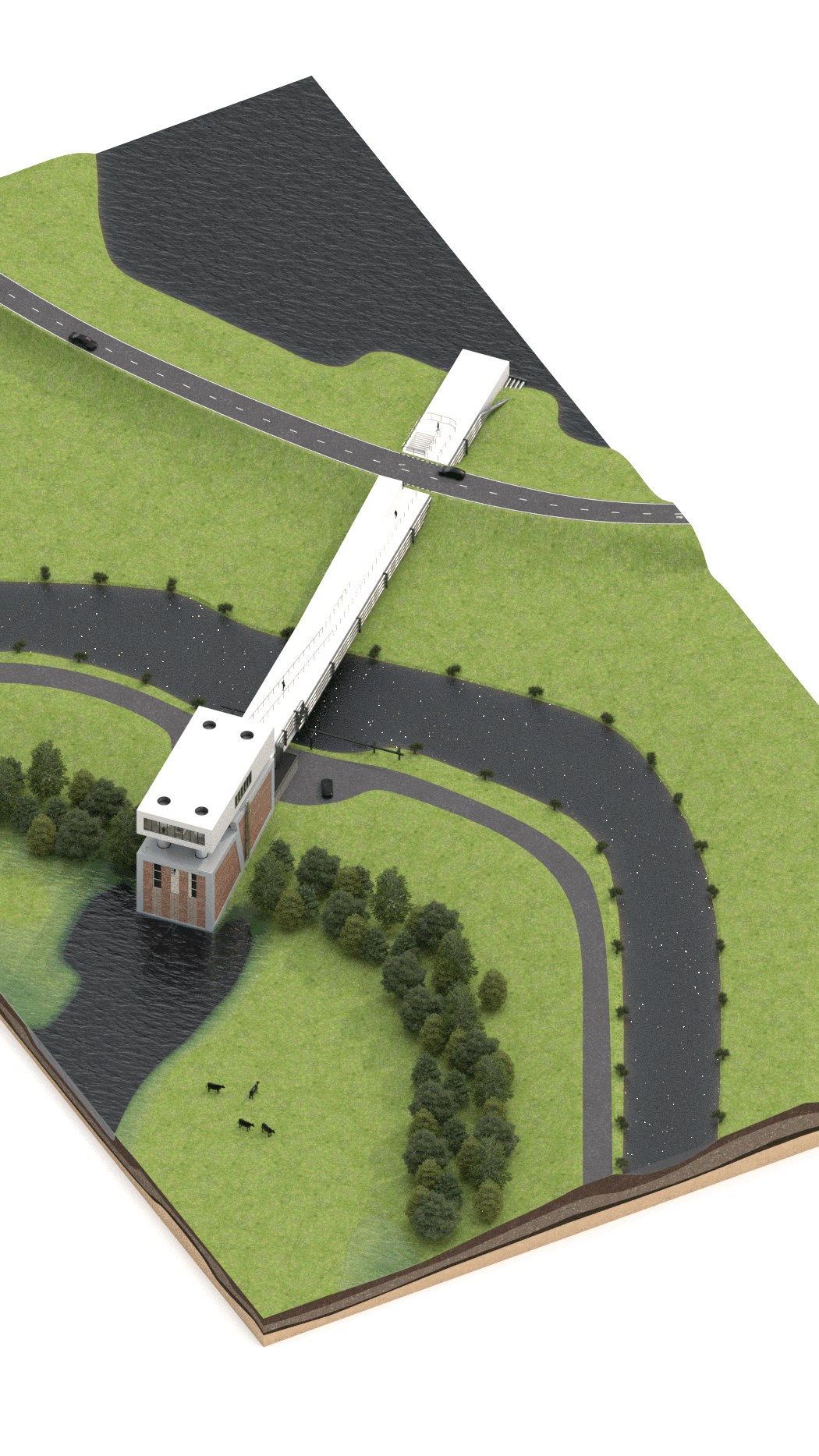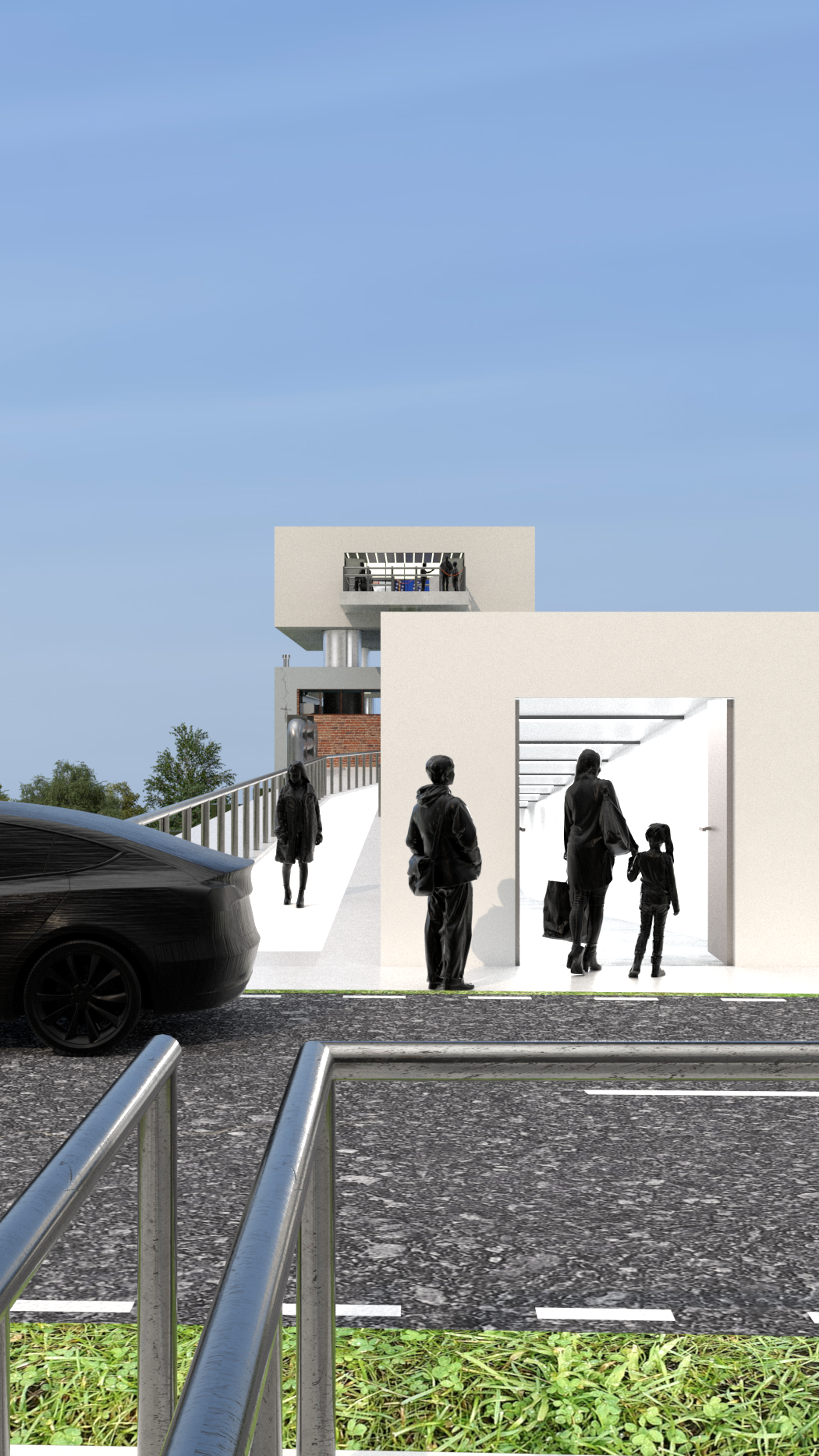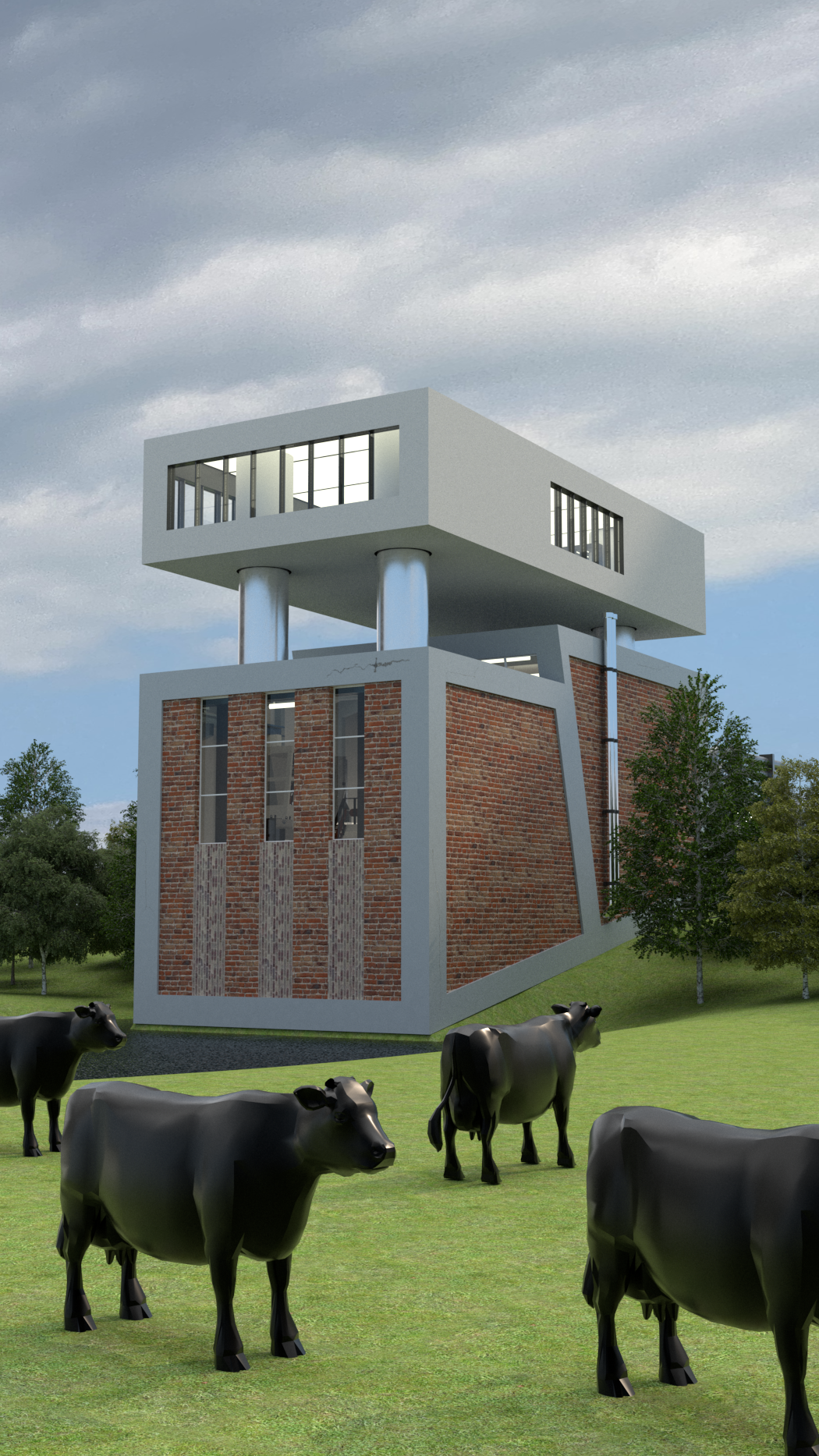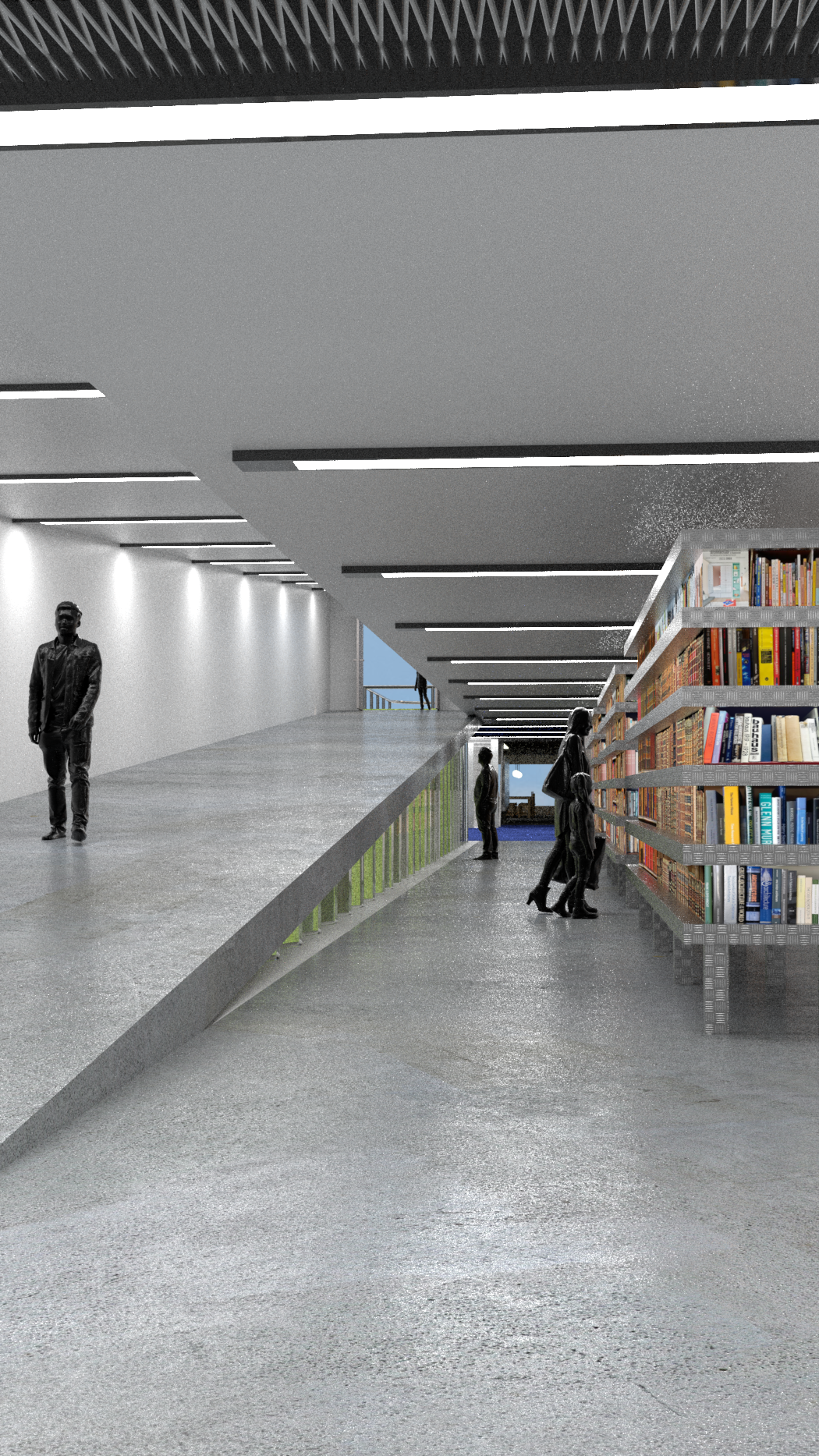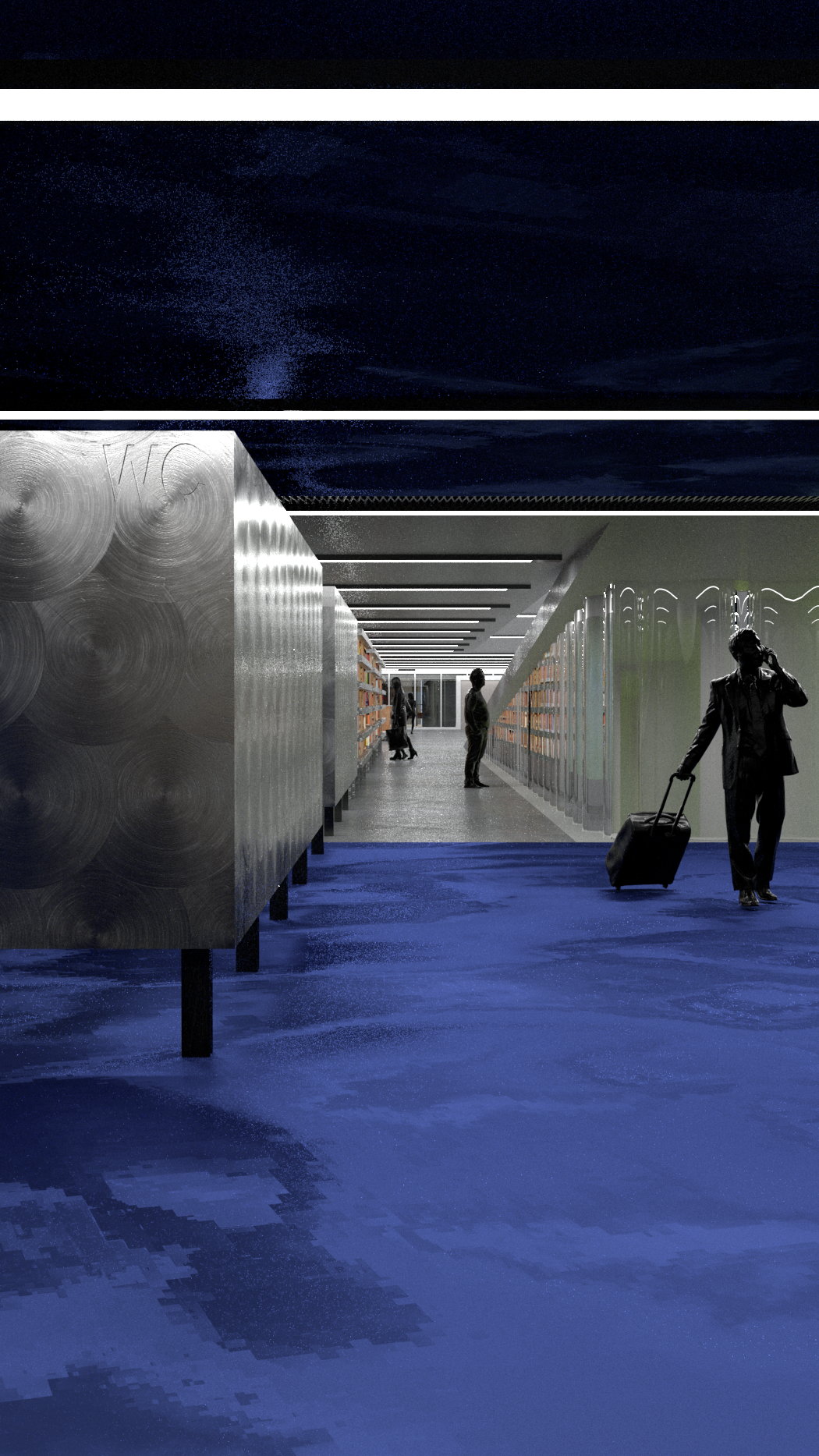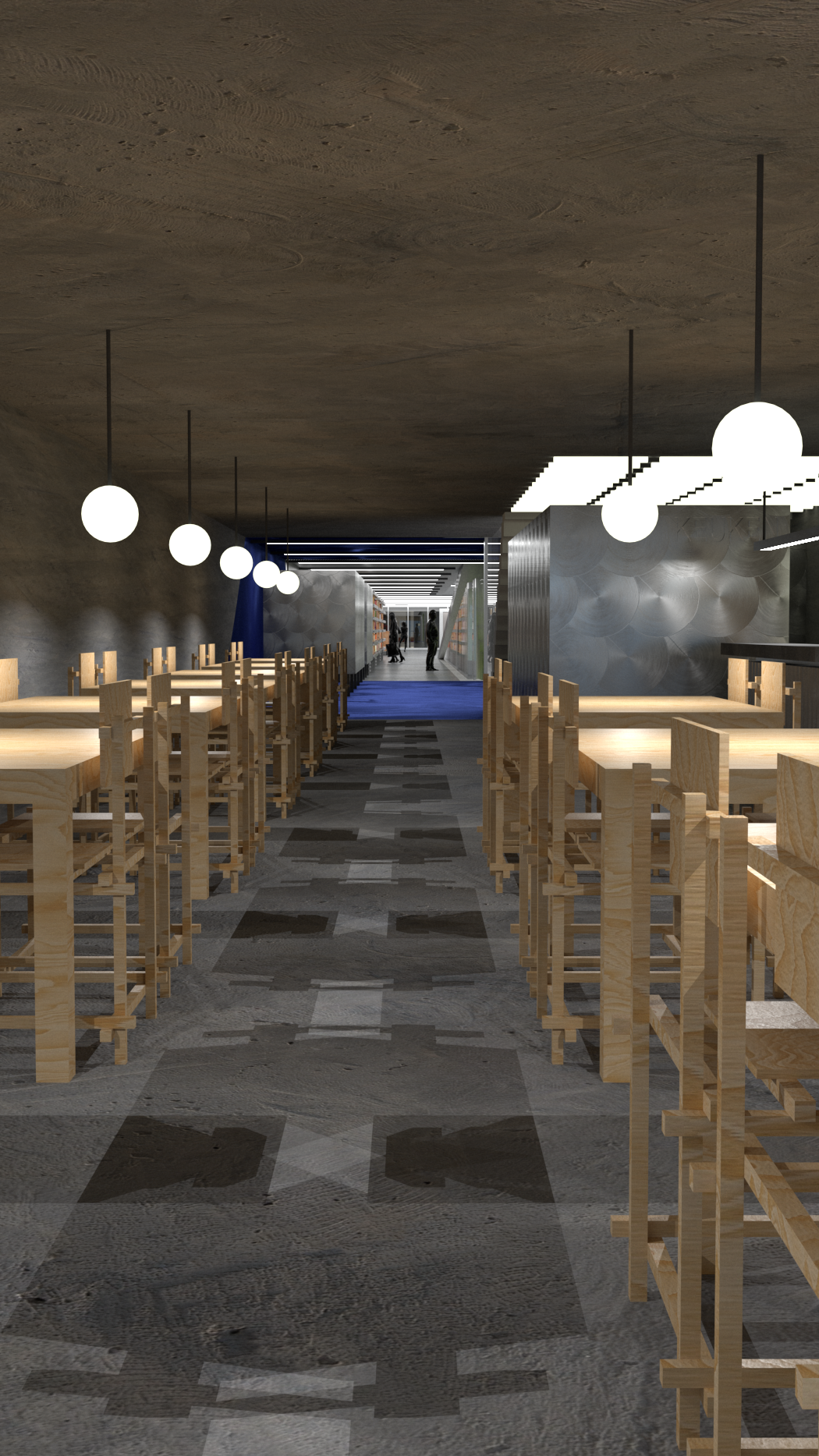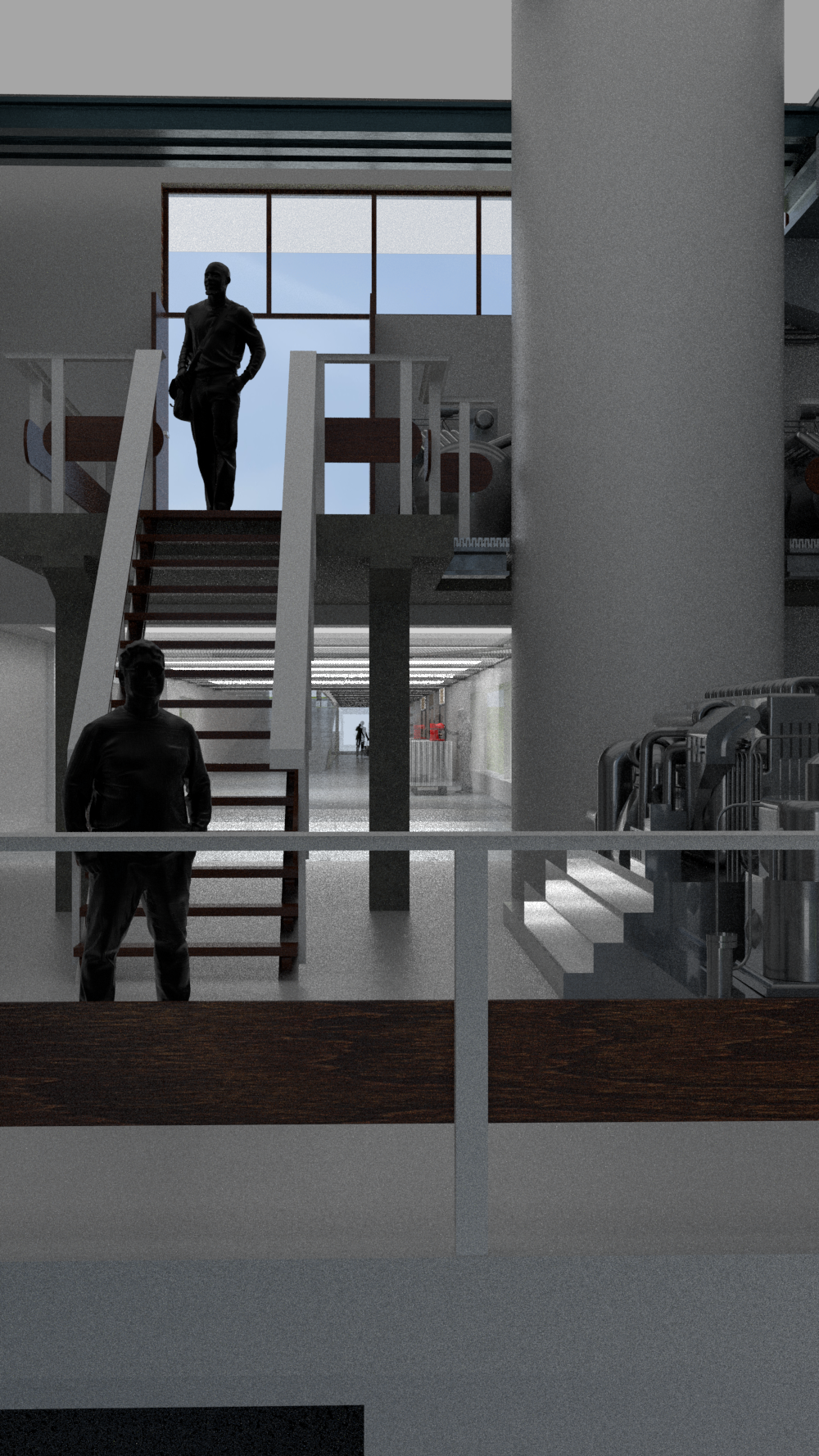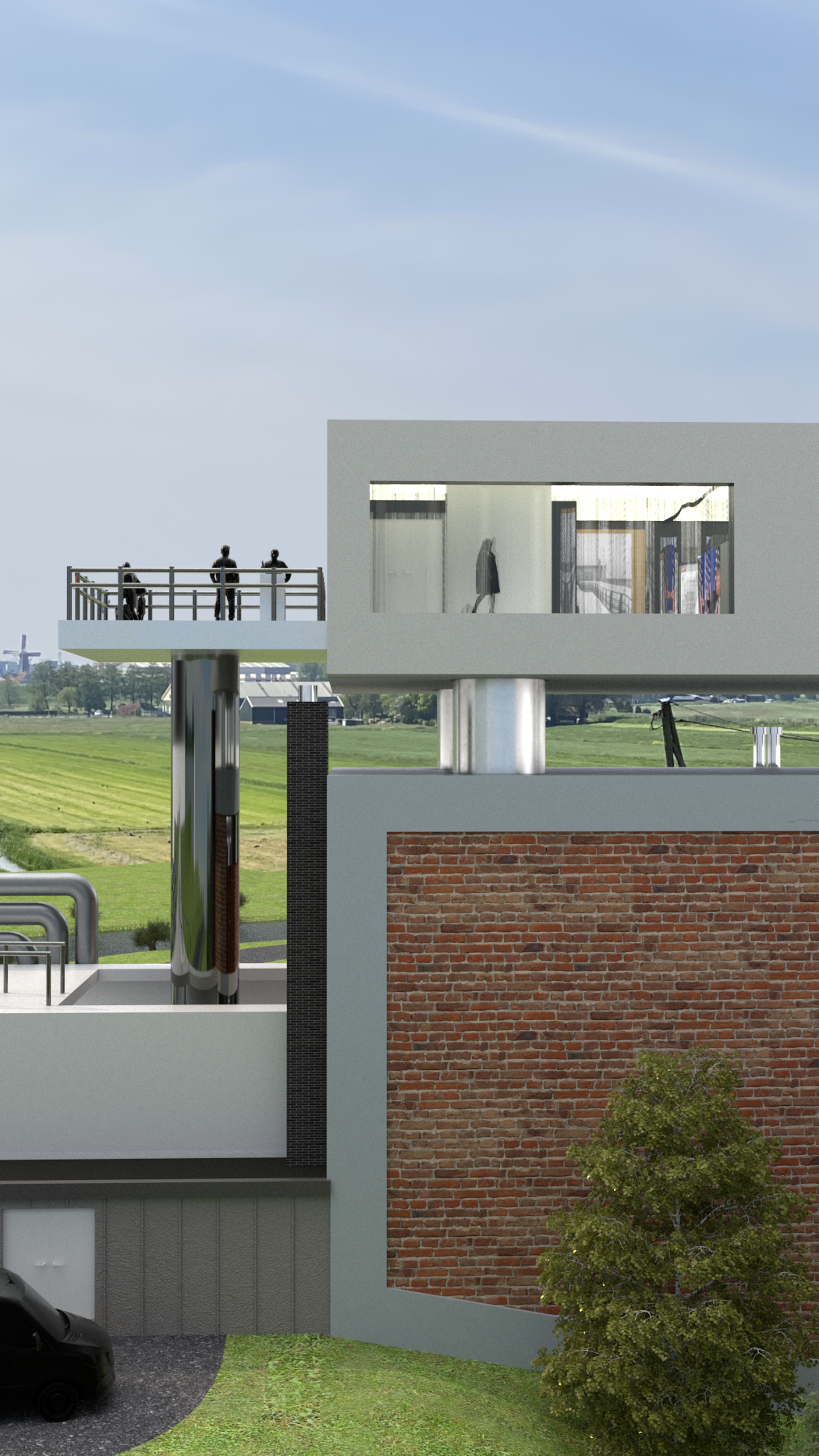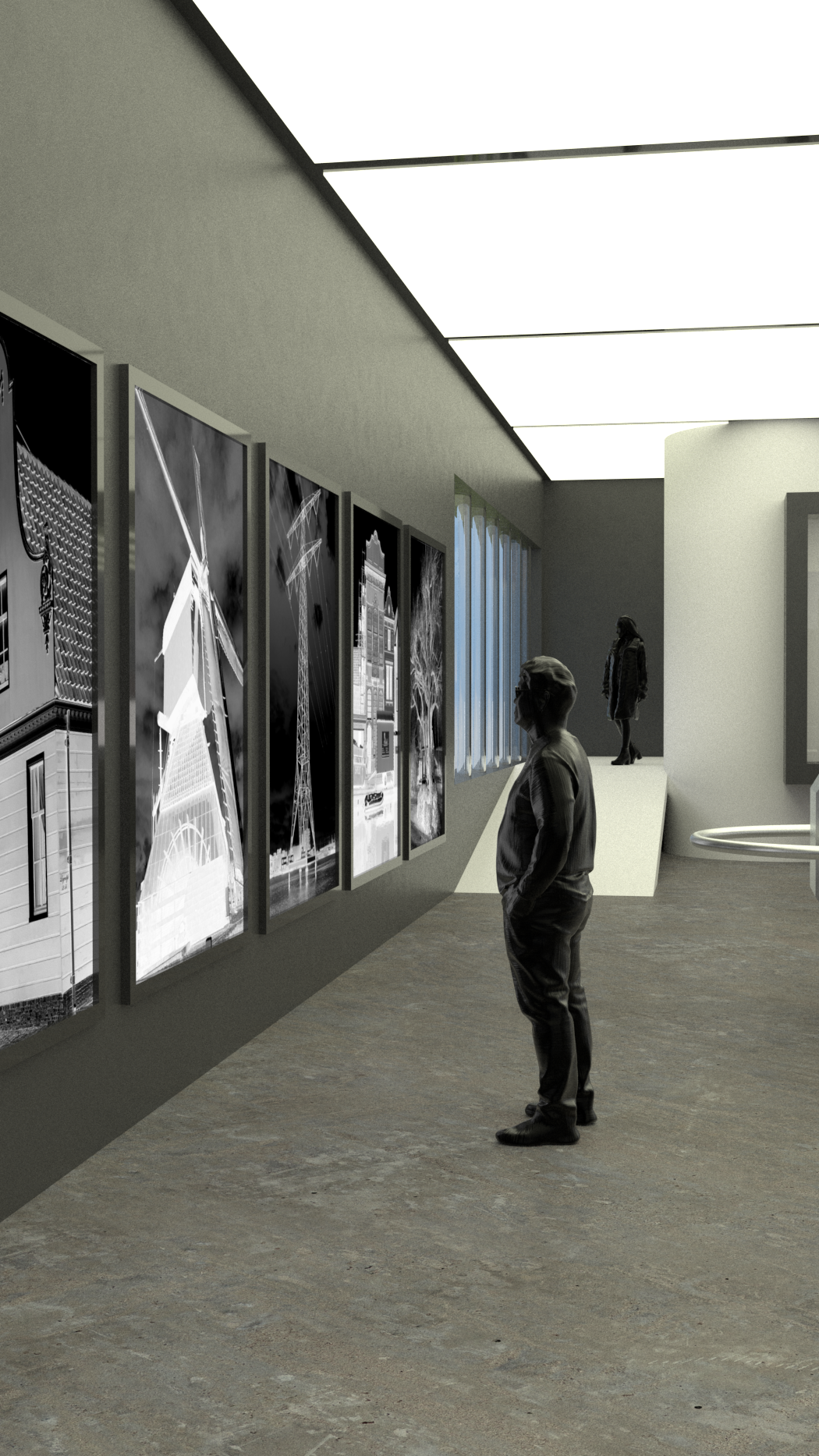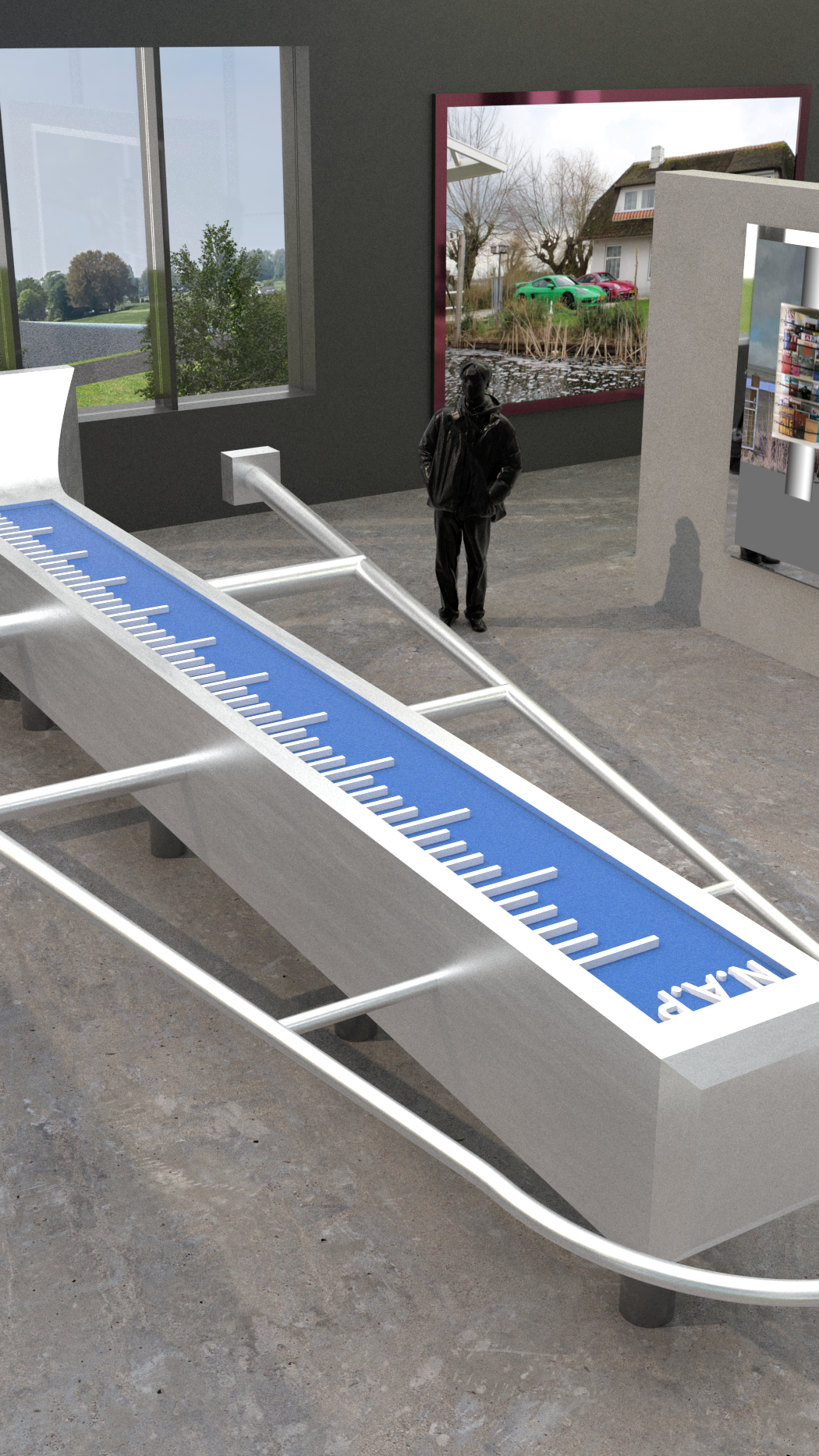Fake Holland
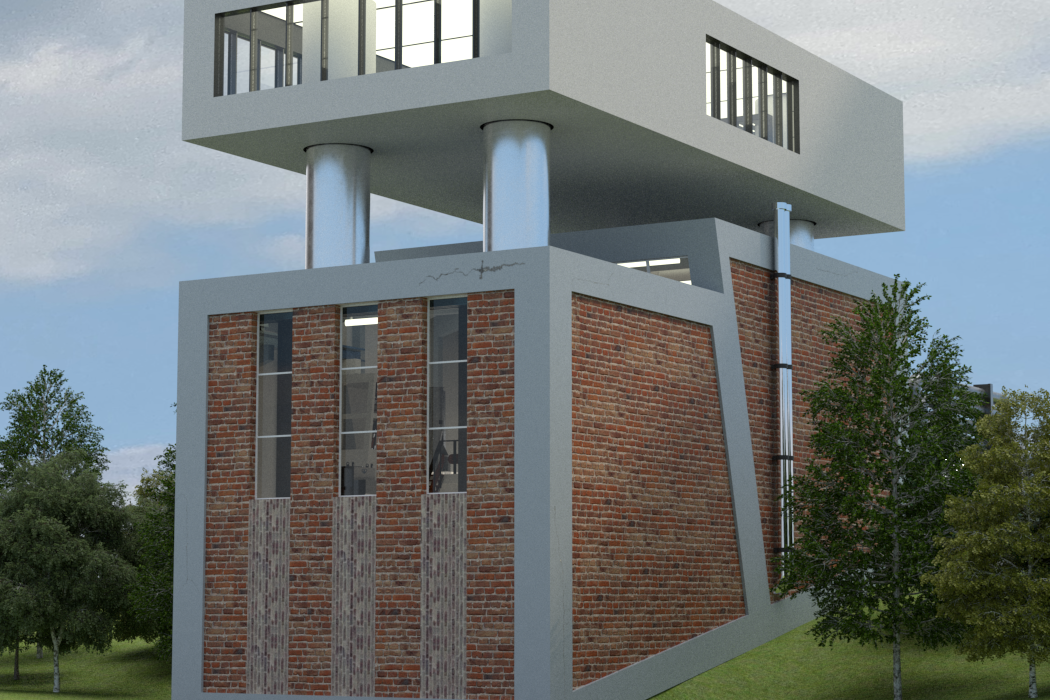
Project details
- Year
- 2024
- Programme
- Bachelor – Spatial Design
- Practices
- Commercial Practices
- Minor
- Futures & Presence
Fake Holland is a research project capturing a layered political-cultural issue. The Dutch landscape is questionable, where the concept of ‘make-ability’ is the essence of the Dutch existence. The current Holland did not exist in the past – it exists now – though the question persists about how it can continue to exist. How long can water and soil continue to compete against each other? Or does the future lie in peat, a material that is already a combination of these two elements?
The unstable number of -6.76 meters below sea level (NAP) represents the temporary height of the Zuidplaspolder. This old peat lake was pumped dry in the 19th century for agricultural use. Currently, this polder has subsided to the lowest point of Holland. Where the water needs to be pumped out every day, to use the dried top layer.
“In the Zuidplaspolder, the water has won the battle: ‘The water board is giving up’ ’’ (Volkskrant, March 9, 2023)
The Abraham Kroes pumping station is an icon of the Dutch landscape. This early 70s building pumps the water from the Zuidplaspolder and a slightly higher reservoir with a difference of 9 meters up into the Hollandse IJssel.
The permanent fluctuation of peat asks for timelessness. The current pumping station is facilitating a temporary land use. What still will be needed in the near future. The long future is uncertain due to high water. Therefore the old building will undergo a pre-transformation (in book PROJECT V). Where four adjustable foundation piles are perforating the old building to timelessly record the history of the artificial landscape. Like a metaphor for Holland being a machine. On top will be an ‘exhibition box’, which moves independently from water and soil (policy). The exhibition box shows the temporary exhibition; Fake Holland. A waterproof facility-bridge connects the dyke with the old building and the new exhibition box. This creates a layered history, literally stacked on top of each other, like peat.
